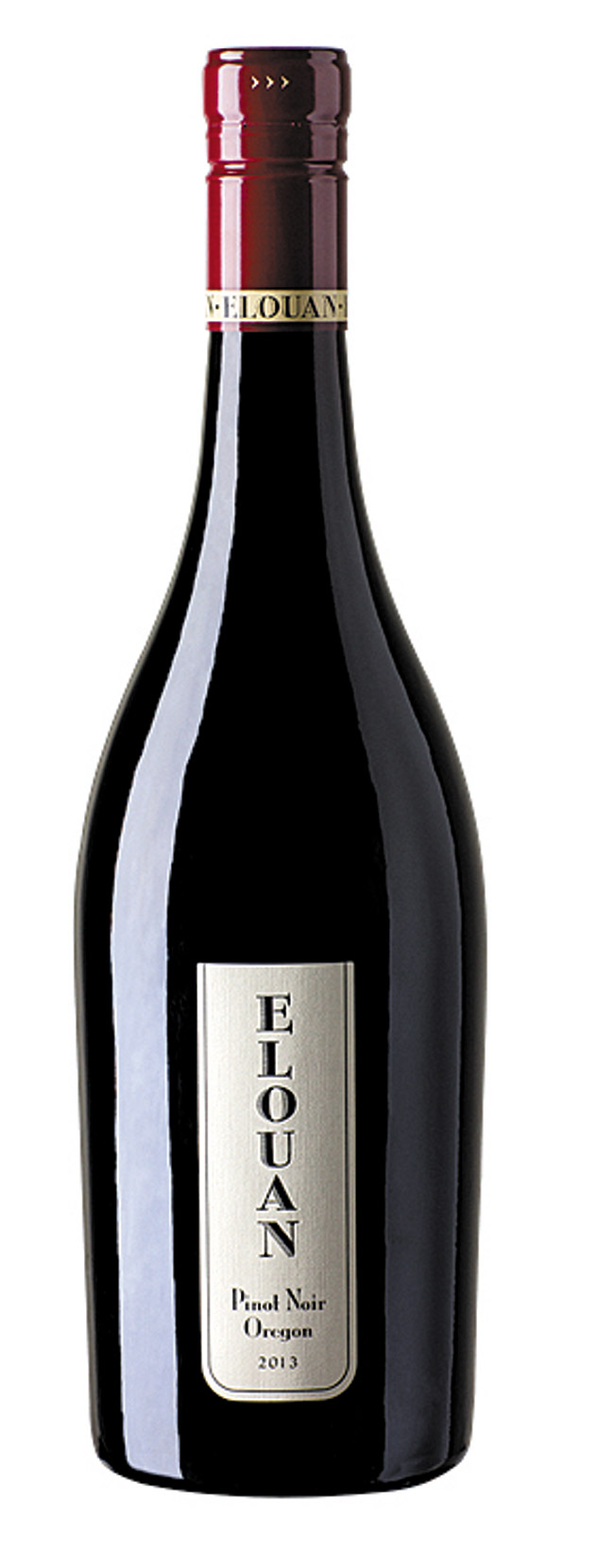Stealing The Stage From The Star
Have you ever gone to a stage presentation, play or musical and are so impressed by the supporting actor or singer that they overshadow the main character and lead?
That happened to me recently, when the star of the show was supposed to be “Charmes, ” which was the theme of the evening. Wines included Charmes Chambertin, one of only 26 vineyards given the Grand Cru status for red wine produced from Pinot Noir, and Meursault-Charmes, which is a Premier Cru in the village of Meursault famed for its white wine made of Chardonnay, both from Burgundy, France.
These are famous vineyards and some of Burgundy’s finest, but they were upstaged, in my opinion, by their “supporting” wines, some fabulous 1996 Vintage Champagnes.
I cannot say we did not have any excellent Charmes wines, but of the six Meursault-Charmes and the eight Charmes-Chambertin, I was truly enthralled by only one and two, respectively. The 2002 Domaine Comte Lafon Meursault-Charmes stood out head over shoulders for the whites to me. It was supremely elegant, mineral-driven, flinty and the length of the finish was impressive. The fruit is still there, but it is not a fruity wine — this is terroir-driven and exemplifies the “classic” side of Meursault rather than the fatty and opulent style. At 12 years old, it is very classy juice.
The two Charmes Chambertin that had my attention were, not surprisingly, from two of its greatest producers: Domaines Bachelet and Dujac. The 2001 Bachelet Charmes Chambertin was a beautiful example of just how pretty and, yes, “charming” Pinot Noir from this vineyard can be. The nose is filled with spiced flowery notes combined with cherry fruit. There are hints of cedar and sandalwood for added complexity. In the mouth, the wine was effortlessly light for Pinot Noir; it seemed to glide down the palate in silky waves. It was my first glass emptied for the reds.
The 2006 Dujac was still very youthful despite being eight years on. The nose was deeper, darker berries, more brooding but filled with fruit and spices. What was most impressive here was the palate: Intense red and black berries fill your mouth with a wider expanse of tannin and richness. This wine is a keeper and will eventually become a star.
But now, for the main “show,” perhaps it was the sequence of the wines that made the difference. As in most dinners, the Champagnes were served first, thus my palate was freshest at the beginning. Maybe it is because 1996 was one of the great growing seasons in the past 50 years, but every single one of the 1996 Champagnes we drank was gorgeous.
First was the 1996 Dom Perignon. Overrated? I think not! This had all the rich toasty and bready notes I have come to love in Dom P. It is very refined, yet not lacking in anything. It is more on the masculine side, with rich Pinot Noir notes and a long finish.
The 1996 Salon was pure elegance. It was more mineral-driven and citrusy than the Dom Perignon. It is 100 percent Chardonnay and has this ethereal ability to combine intense flavors without being heavy. It seemed even more youthful than the Dom, with slightly more effervescence as well. This Champagne just makes you feel rich.
The 1996 Taittinger Comtes de Champagne, which also is 100 percent Chardonnay, was quite different in style but no less delicious. It did seem the most “developed” of the bunch, but in a good way. It was more like brioche and toast points with a hint of caramel and candied apples.
The 1996 Philipponnat “Clos des Goisses” was a return to the more “masculine” Pinot Noir-dominated style, and in a big way. It was rich and deep with flavor. There were nuts, tamarind, ginger snaps and citrus — all melted into one. It might have been the richest in the palate as well, had it not been for the 1996 Krug.
Oh, I have pledged my devotion to Krug many times, and this bottle made me do it again. The Krug shows what other Champagnes are wanting.
It was the most complete and most dynamic of all. It seemed to complete the circle and combine the richness, elegance and intense flavors of all of the previous Champagnes, and somehow managed to balance them all into one absolutely delicious glass. And it happened to be served after the red wines!
Just one bit of advice. Never miss the 6 o’clock Champagne rule. At 6 o’clock, the first bottle of Champagne gets opened. So you need to be present to win. And the Champagnes were the real winners this night.
Recommendation: 2013 Elouan Pinot Noir ($23) This Oregon beauty has a great core of black cherries and soft, lingering tannin. There is a floral component here that reminds me of violets, as well. It will go well with herb-marinated baked pork chop drizzled in red wine sauce or bacon-wrapped scallops. You can find it at Fujioka’s Wine Times.
Roberto Viernes is a master sommelier.
rviernes@southernwine.com
Twitter: @Pinotpusher






